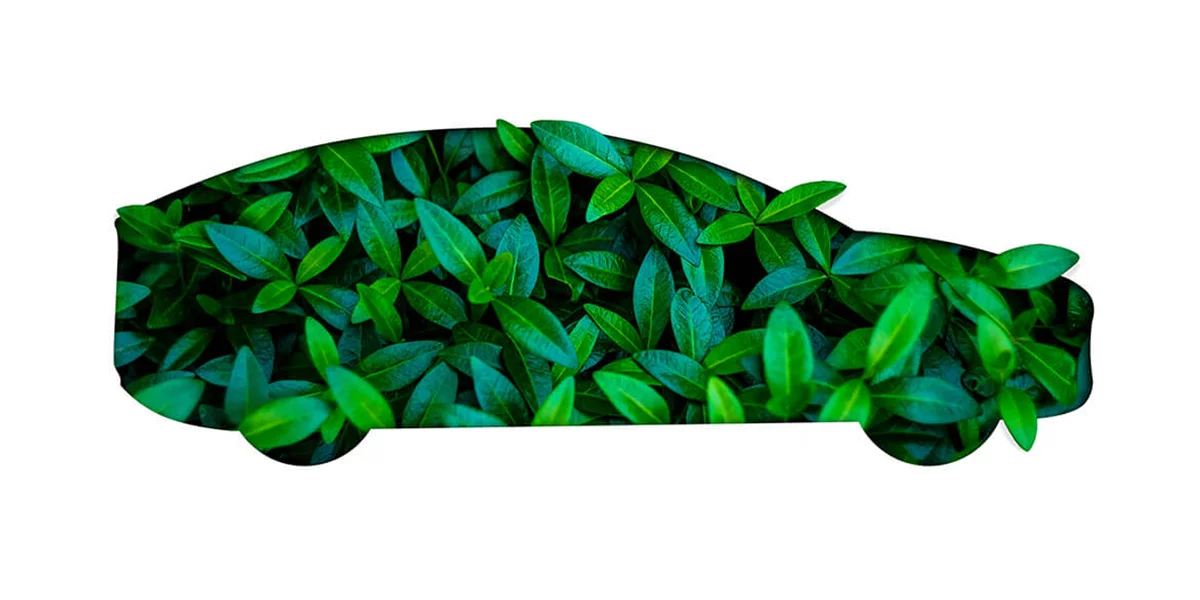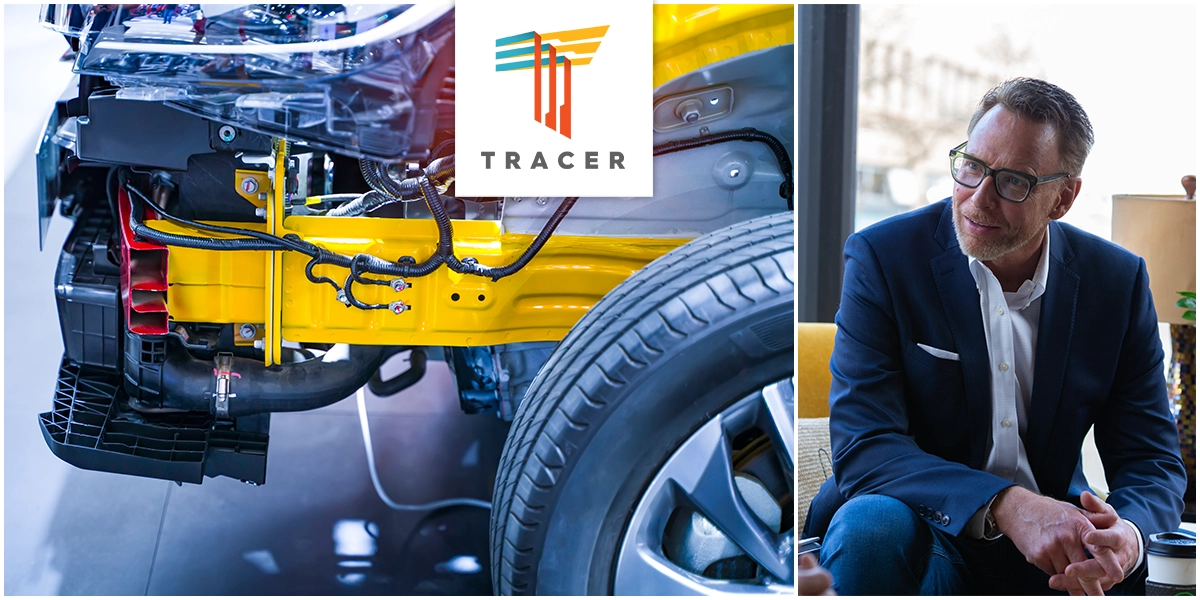.In a world of metal straws and linen grocery bags, going green is becoming a vital business concern. There’s no avoiding the facts—our environment suffers gravely at the hands of vehicle manufacturing and emissions.
But the auto industry is vital to our economy—and to life as we know it. We can’t just stop making cars. Fortunately, we don’t have to.
Secure a Place in Tomorrow’s Market
The steps a business takes to protect the environment does more than temporarily draw customers. Reducing waste and emissions a ensure a business has a place in the future. Today, businesses without environmental action policies are held in increasingly low regard. Consumers want to patronize companies who demonstrate conscience, companies that care about the same things they care about. The value of going green is double: it’s better for business, and of course, better for the planet.
Additionally, many jobs in the automotive industry rely on sustainable products. According to a recent study, “Building clean vehicle technology directly supports 288,000 manufacturing and engineering jobs in the United States.”
But what does it really mean to “go green”? Actually, we’ve already made great progress. “In 10 short years, enforceable standards have increased the fuel efficiency of average vehicles by 25%,” says Tony Montana, spokesperson for United Steelworkers. Consider also the rapid takeoff of electric vehicles. EV sales nearly doubled to 6.6 million from 2020 to 2021. This brought the number of EVs on the road to 16.5 million. Consumers are finally getting comfortable with what was once a foreign and intimidating technology.
Who We Are is What We Leave Behind
You may wish to look to Subaru for inspiration in your quest for greenness. Subaru, based in Japan, has a long-established reputation as one of the most environmentally conscious vehicle manufacturers. According to Subaru.com, the brand “is committed to being a leader in environmental initiatives while continuing to reduce its own footprint.”
BorgWarner’s cam timing system, designed to increase engine performance, was first seen in the 2011 Subaru Forester. It boasts extremely low emissions and increased fuel efficiency.
Subaru was also an early adopter of Partial Zero Emissions Vehicles, or PZEVs. Today Subaru offers a host of the Ultra Low Emission Vehicles. PZEVs have zero evaporative emissions and meet Super Ultra Low Emissions Vehicle (SULEV) tailpipe-emission standards. According to SustainableAmerica.org, “relatively minor adjustments to the engine and fuel system result in a 90% or more reduction in localized smog- and acid rain-producing emissions compared to a standard combustion vehicle.”
PZEVs are at the top of the U.S. Environmental Protection Agency Emissions Standard list, second only to completely gas-free vehicles. Subaru’s PZEV models include the Subaru Outback, Forester, Impreza, Legacy and XV Crosstrek. In some smog-prone areas, PZEV emissions are actually cleaner than the surrounding air. Under the EPA’s Tier 3 Vehicle Emissions standards, all cars sold in the U.S. will be PZEVs by 2025. [EDIT: These policies remain in continual flux, but we cannot deny the course of the industry’s trajectory.]
Additionally, Subaru has devoted over 40 years to perfecting their symmetrical all-wheel drive design and other technologies. They’ve achieved a highway fuel economy higher than competitive Front Wheel Drive cars with the added control of All Wheel Drive.
What About Waste?
Cars are among the most recyclable products around. Retired vehicles are 95% recyclable—that’s higher than most paper, aluminum and glass products. Utilizing this information, a Subaru plant in Indiana became the first zero landfill auto factory in the U.S. Today, Subaru manufactures all its products in zero-landfill production plants. They recycle 99% of the waste from each plant. They turn the remaining 1% into electricity. According to the World Economic Forum, this recycling reduces energy use by as much as 75%, which translates into major savings in manufacturing.
Subaru of Indiana Automotive is also the first and only plant in the U.S. to be designated a Backyard Wildlife Habitat by the National Wildlife Federation. In 2020, this won the brand the Public Lands Alliance’s Corporate Stewardship Award.
Subaru is making monumental efforts to minimize waste even beyond the realm of automotive manufacturing. As of this writing, they’re working to provide digital maps for America’s national parks, thus reducing paper waste.
They’ve also partnered with Amazon to create a “Subaru Recommended” category on the retail giant’s site. This area features sustainable products made with minimal packaging.
Drive Your Business Forward
Subaru recognizes that the world we create now is the one our children will live in after we’re gone. While individuals can all do their part to help the environment, long-term change requires large-scale innovations from major industries. Auto manufacturers and the companies that support them are some of the most important players and must focus on eco-conscious practices. We can all look to Subaru for a bit of inspiration.



